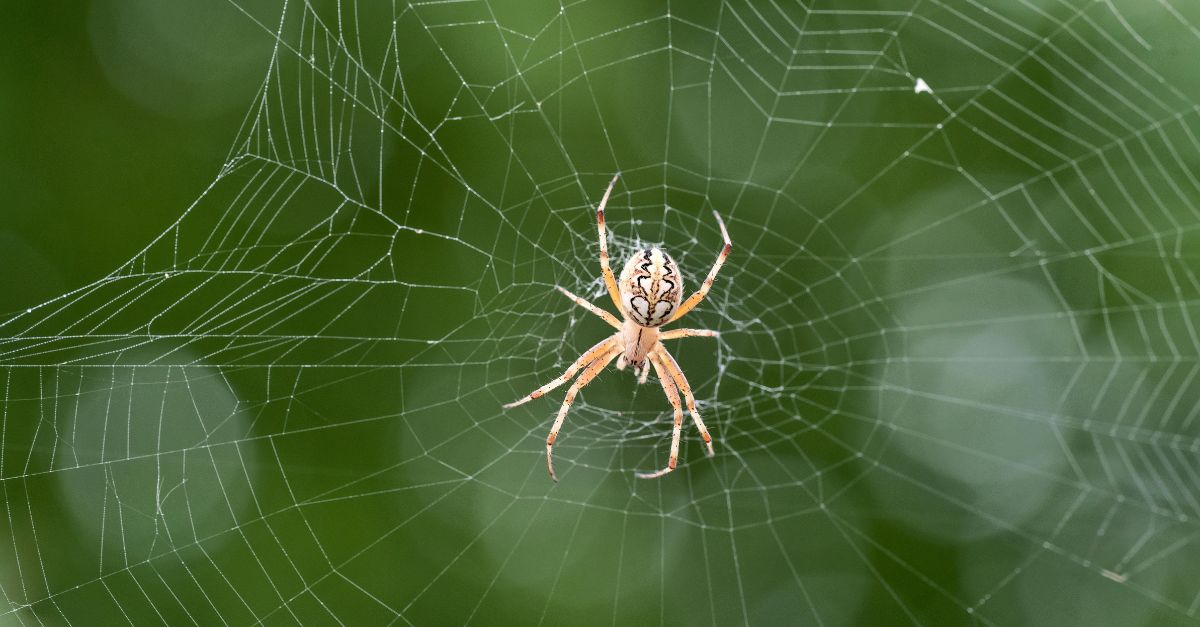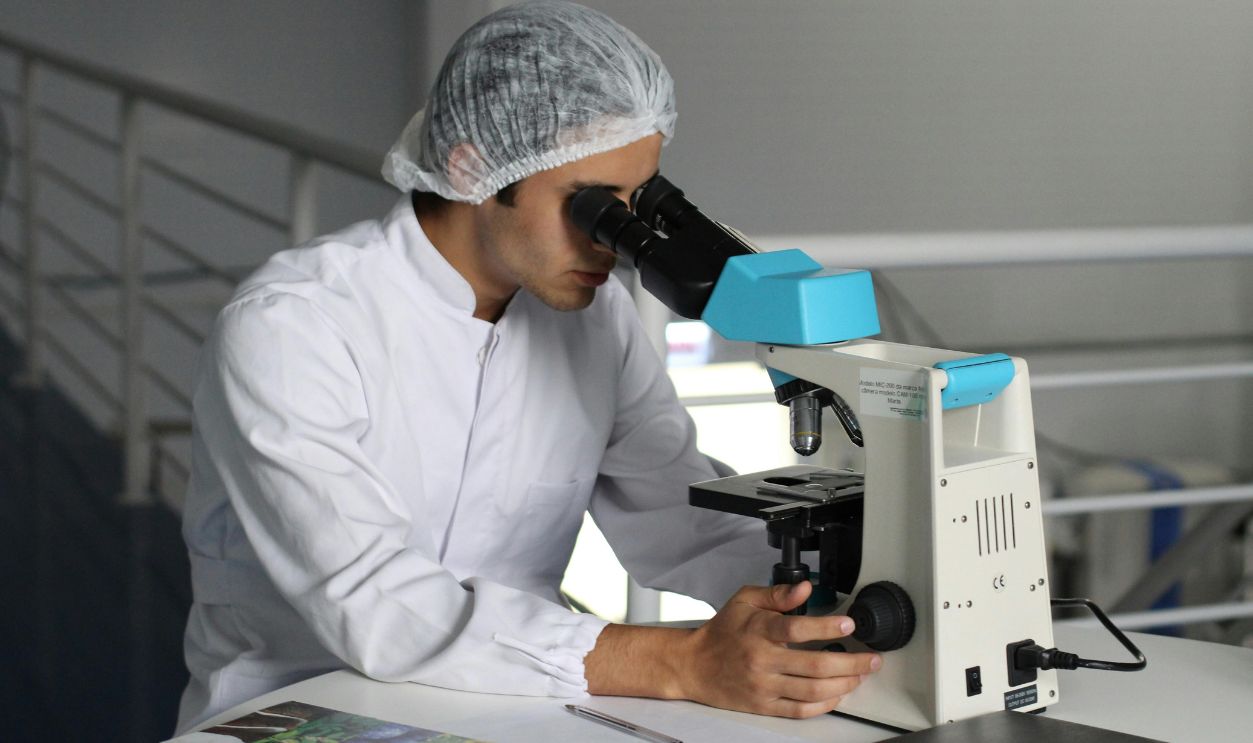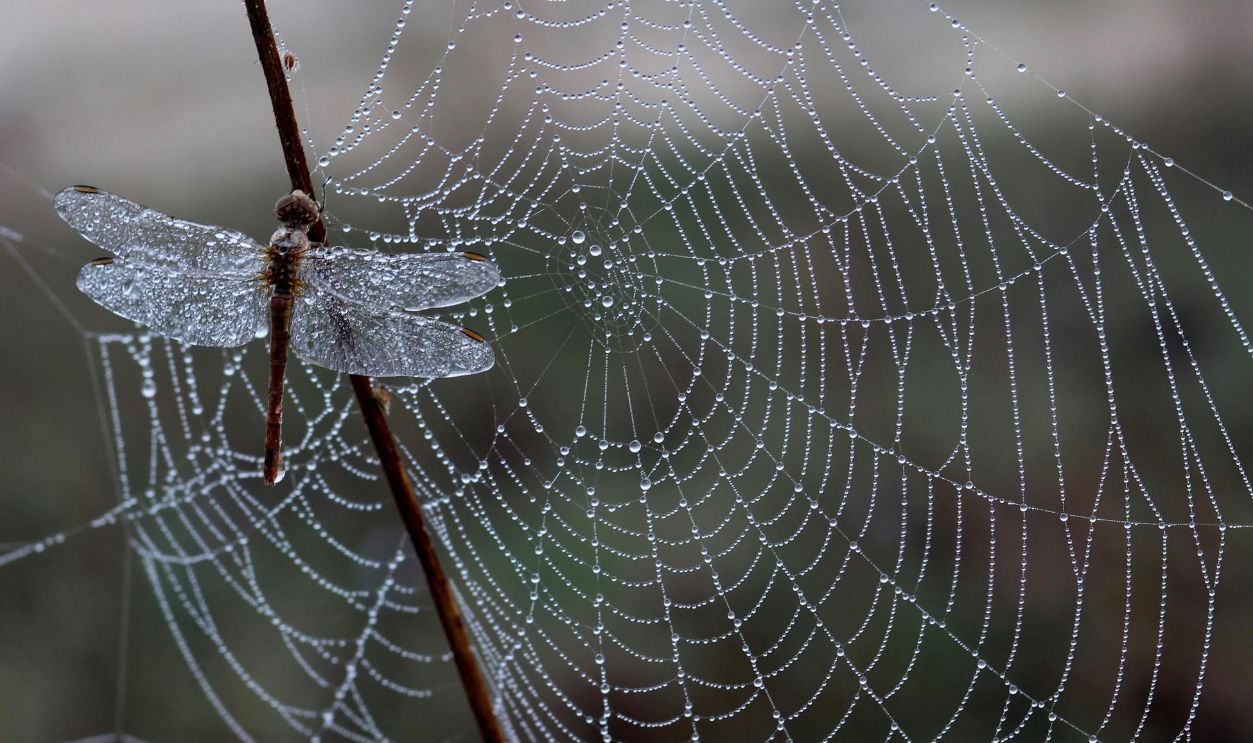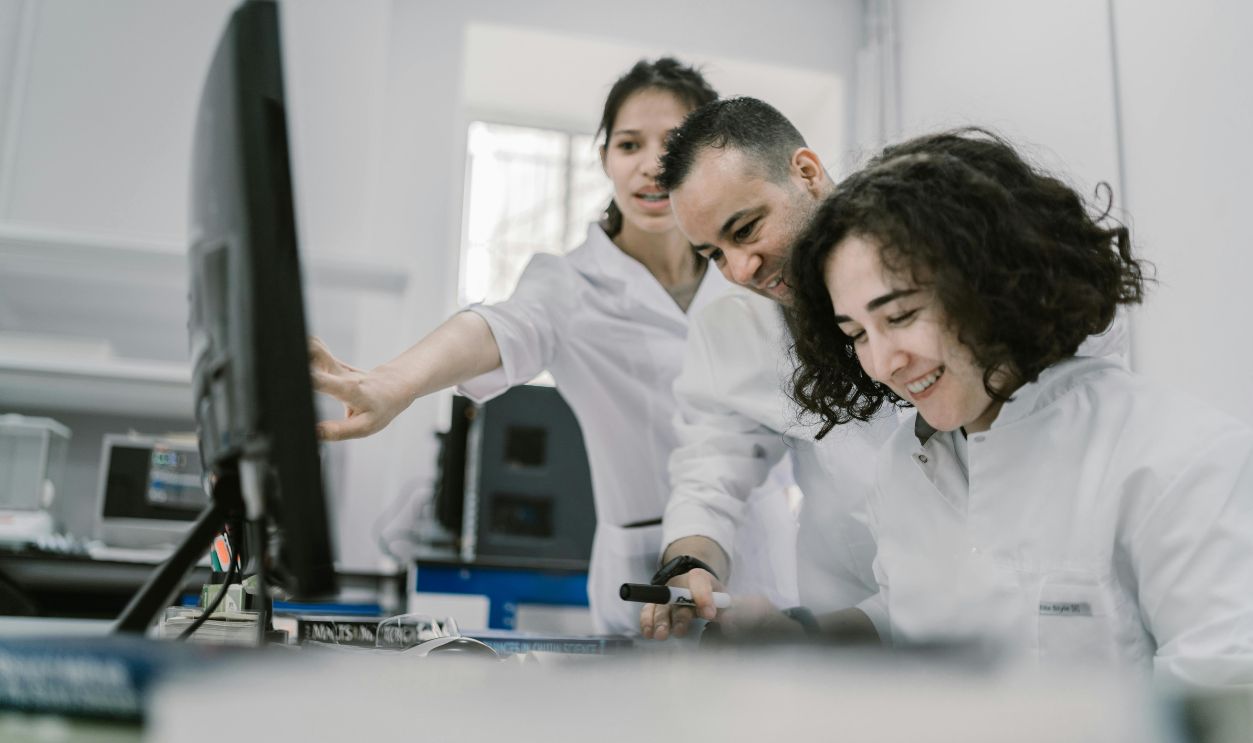Web Of Secrets
What if one of nature's most ancient traps could help us safeguard the future of endangered species? In a twist of scientific ingenuity, researchers have indeed turned to the humble spiderweb to become nature's surveillance system.
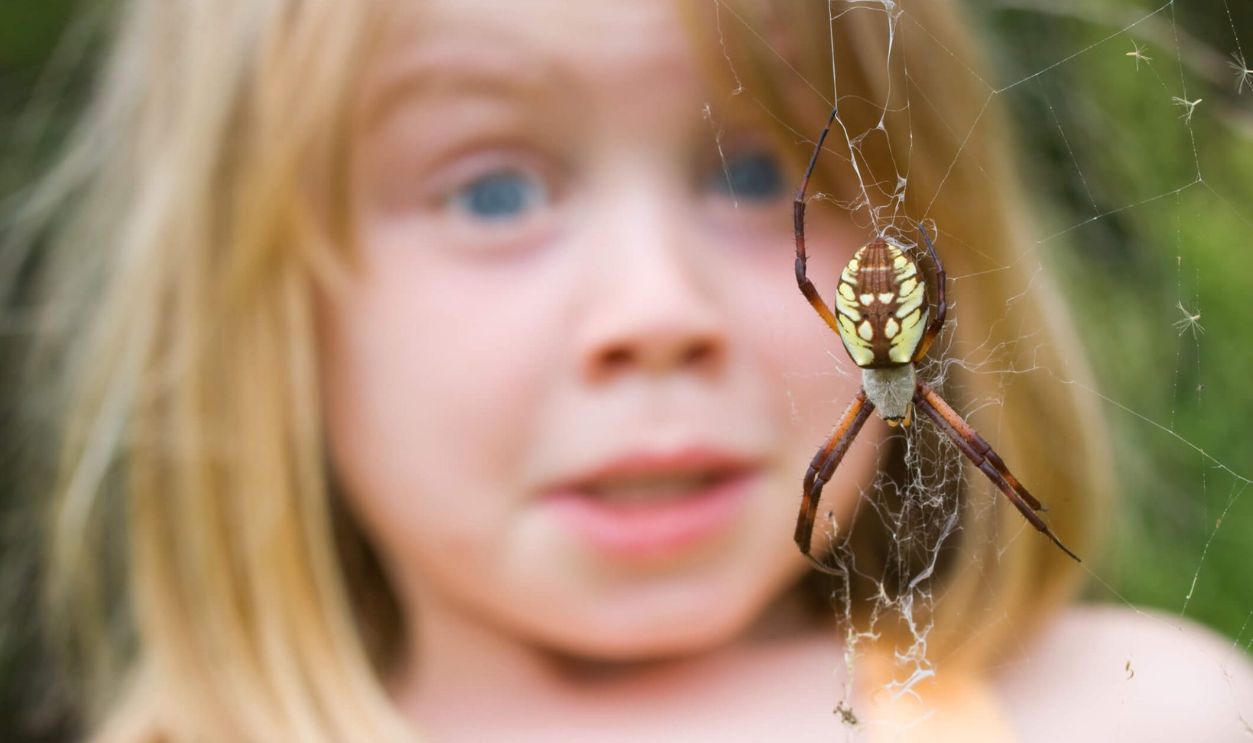
Scientific Publication
The study, which was published in the esteemed iScience journal on January 1, 2023, shows how natural structures can be imaginatively repurposed for scientific monitoring. In turn, helping to create new opportunities for ecological and conservation biology research.
Initial Research Concept
Morten Allentoft and his research crew at Curtin University began what they called a "crazy idea"—the notion that spiderwebs could capture airborne environmental DNA from nearby vertebrates. The team first conducted preliminary experiments in natural environments.
 Orderinchaos, CC BY-SA 4.0, Wikimedia Commons
Orderinchaos, CC BY-SA 4.0, Wikimedia Commons
Core Discovery
Scientists have found out that spiderwebs do a lot more than catch bugs. They can actually help track endangered species, too. By collecting and analyzing the environmental DNA that gets stuck in the webs, researchers can learn more about these animals and their habitats.
Research Leadership
Lead author Joshua Newton pointed out that spiderwebs weren’t just pretty to look at; they could play a significant role in science by helping us understand and keep an eye on nature without bothering wildlife. This would bring a huge change in conservation research.
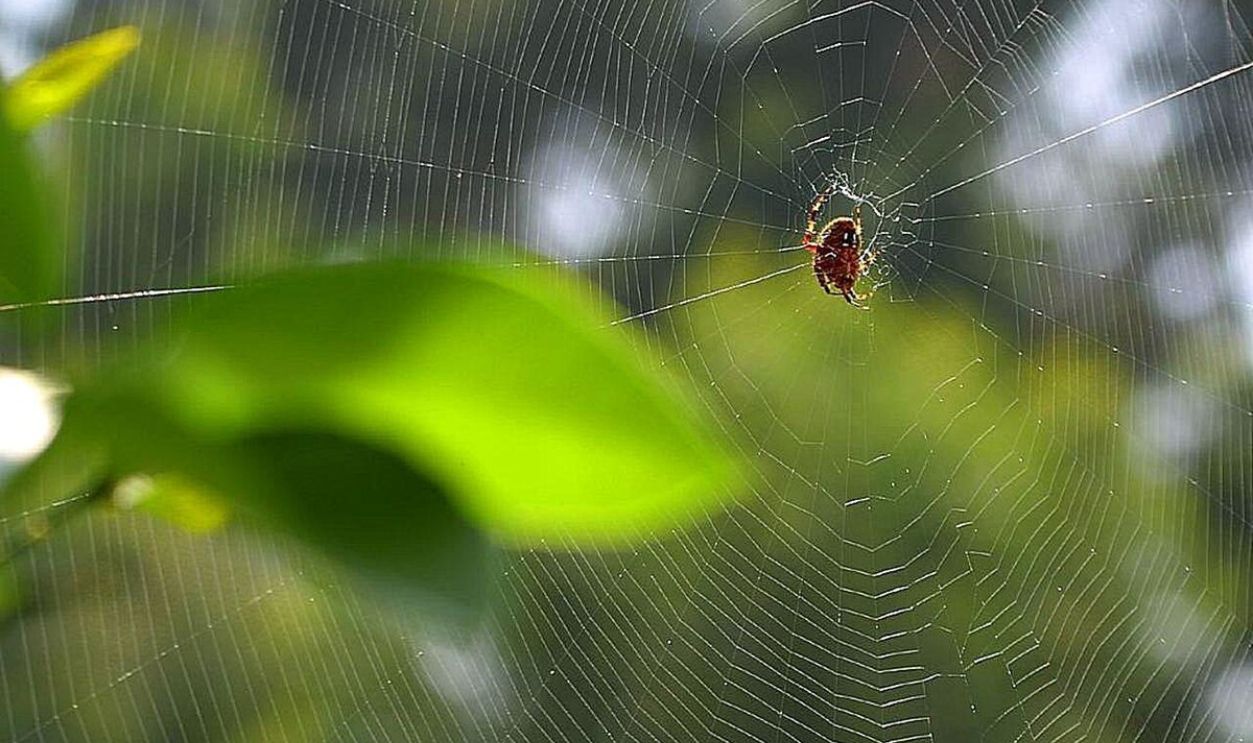 Jon Sullivan, Wikimedia Commons
Jon Sullivan, Wikimedia Commons
Scope Of The Study
In their study, the team carefully examined 49 different spiderwebs and successfully identified DNA evidence from around 93 different animal species. This demonstrated the effectiveness of spider webs as natural collection points for genetic material.
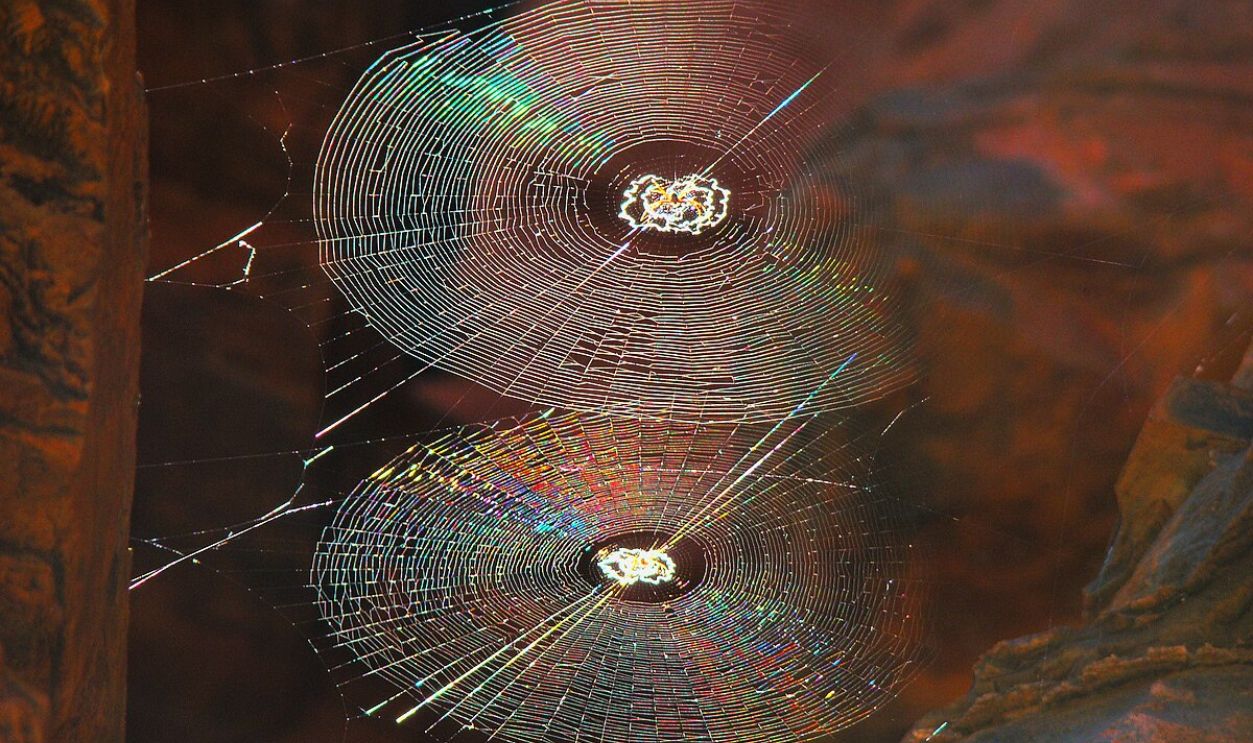 Bjørn Christian Tørrissen, CC BY-SA 3.0, Wikimedia Commons
Bjørn Christian Tørrissen, CC BY-SA 3.0, Wikimedia Commons
DNA Sources
So, Environmental DNA (eDNA) originates from biological sources, including animal cells, bodily fluids, waste products, and decomposing organic matter. When animals move through or interact with their environment, they continuously leave behind such genetic traces.
Steps To DNA Sourcing
The process of studying eDNA typically involves four major steps. First is sample collection, then comes DNA extraction, where it is extracted from the sample and purified. Third is amplification, and fourth is sequencing and identification.
Collection Of eDNA
Researchers collected spiderwebs from Perth Zoo and the Karakamia woodland sanctuary in Western Australia. Here, they discovered eDNA from 93 different species, including kangaroos and koalas, along with zoo animals like elephants and rhinos.
 BurningWell, Wikimedia Commons
BurningWell, Wikimedia Commons
Zoo Validation
The testing at Perth Zoo provided an opportunity to evaluate the effectiveness of spiderwebs in capturing eDNA from known animal species. They found genetic material, including those from giraffes and rhinoceroses, specific to the zoo environment.
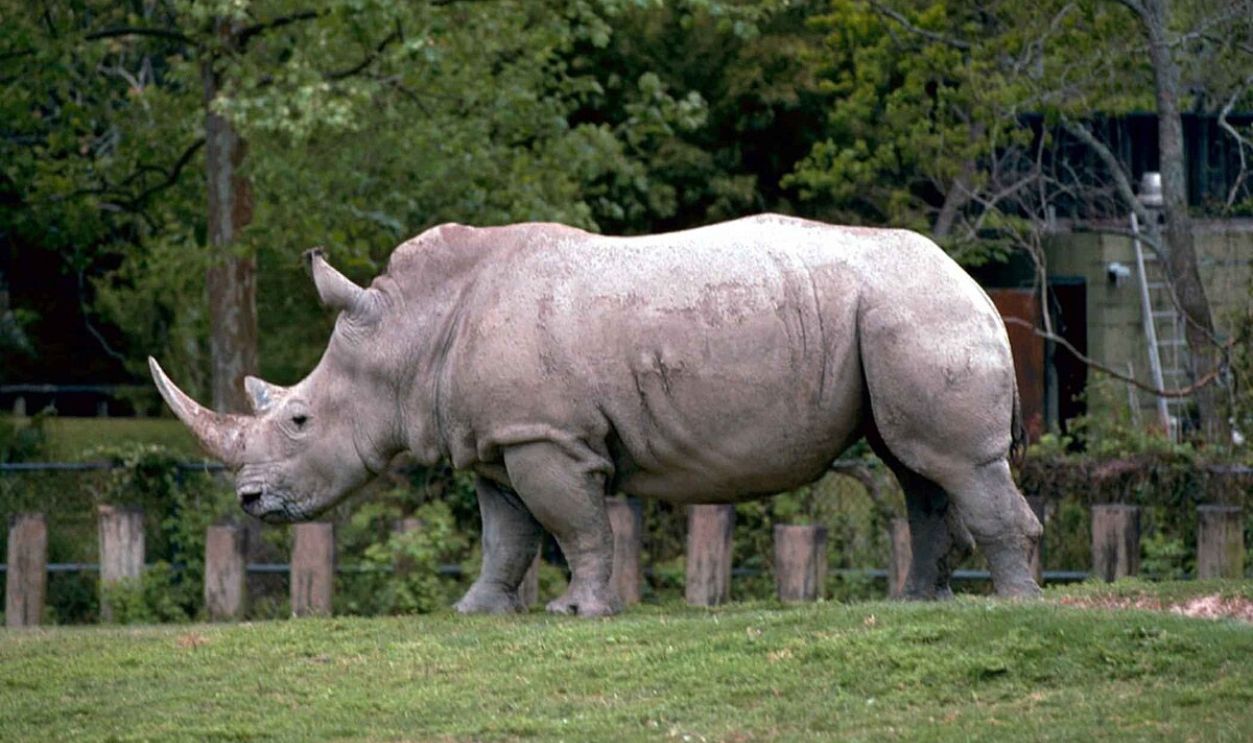 Stolz Gary M, U.S. Fish and Wildlife Service, Wikimedia Commons
Stolz Gary M, U.S. Fish and Wildlife Service, Wikimedia Commons
High Detection Rates
61 different vertebrate species' eDNA was found in the webs that were taken from the Perth Zoo. The larger animal biomass in the zoo is thought to be the cause of this high detection rate since it raises the possibility of eDNA being caught on the web.
 Orderinchaosderivative, Georgfotoart, CC BY-SA 3.0, Wikimedia Commons
Orderinchaosderivative, Georgfotoart, CC BY-SA 3.0, Wikimedia Commons
Non-Invasive Advantage
With this technique, scientists can swab spiderwebs for DNA, gaining information about local wildlife without disturbing their habitats. It is particularly beneficial for studying endangered species, as it minimizes stress on the animals.
Cost-Effective Advantage
It also reduces field effort, as collecting spiderwebs is generally less labor-intensive than traditional monitoring methods that require extensive fieldwork and animal handling. This can lead to cost savings in research projects.
Daily Monitoring Potential
The use of certain spider species, mainly orb-weavers, presents an exciting opportunity for researchers to conduct daily surveys of animal presence in specific areas. These spiders are known for their habit of reconstructing their large, intricate, wheel-shaped webs each day.
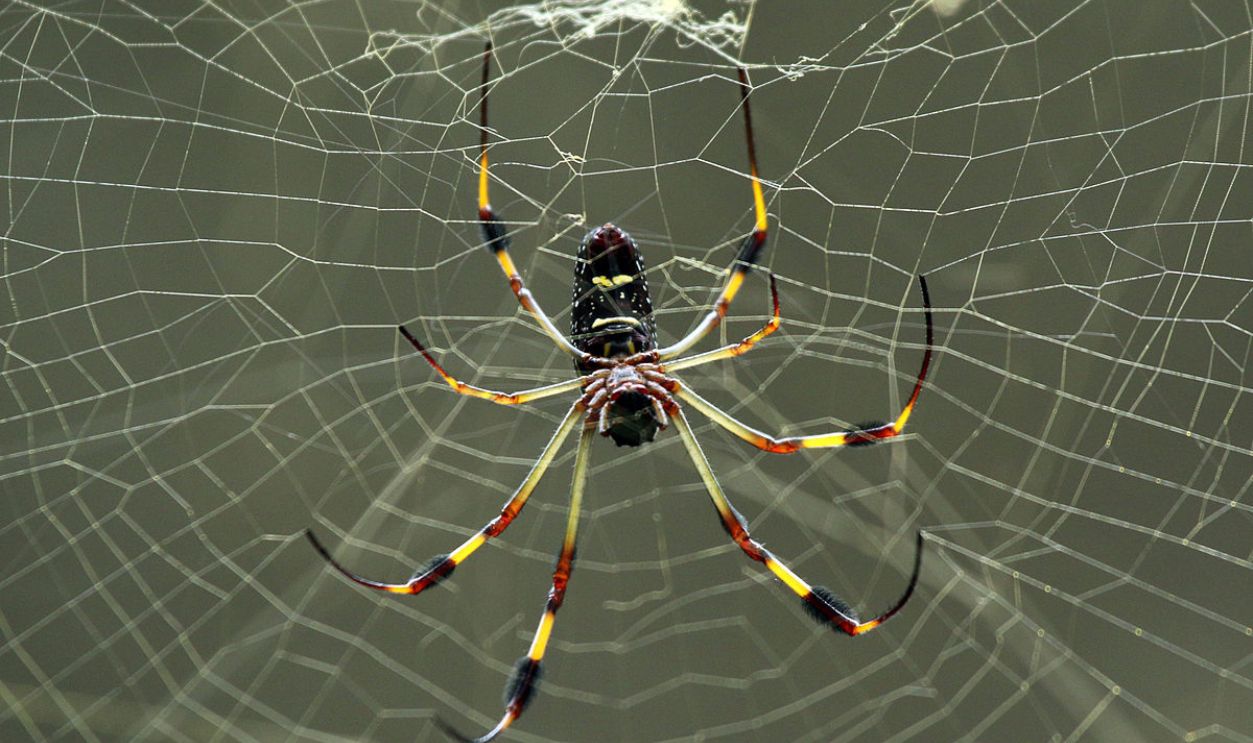 Charles J. Sharp, CC BY-SA 4.0, Wikimedia Commons
Charles J. Sharp, CC BY-SA 4.0, Wikimedia Commons
Daily Monitoring Potential (Cont.)
This daily cycle means that researchers can get new samples regularly, raising the frequency and reliability of monitoring efforts. Also, by sampling spiderwebs daily, scientists are able to track changes in animal presence over time.
Local Accuracy
Then, through careful analysis, the research team discovered that spiderwebs can only collect eDNA from animals that are currently or have been recently present in the immediate vicinity. This makes them highly reliable indicators of local wildlife populations.
Invasive Species Detection
The dedicated researchers also successfully demonstrated the webs' ability to detect invasive species like red foxes, house mice, and black rats. They were, therefore, established as valuable tools for monitoring ecological threats and environmental changes.
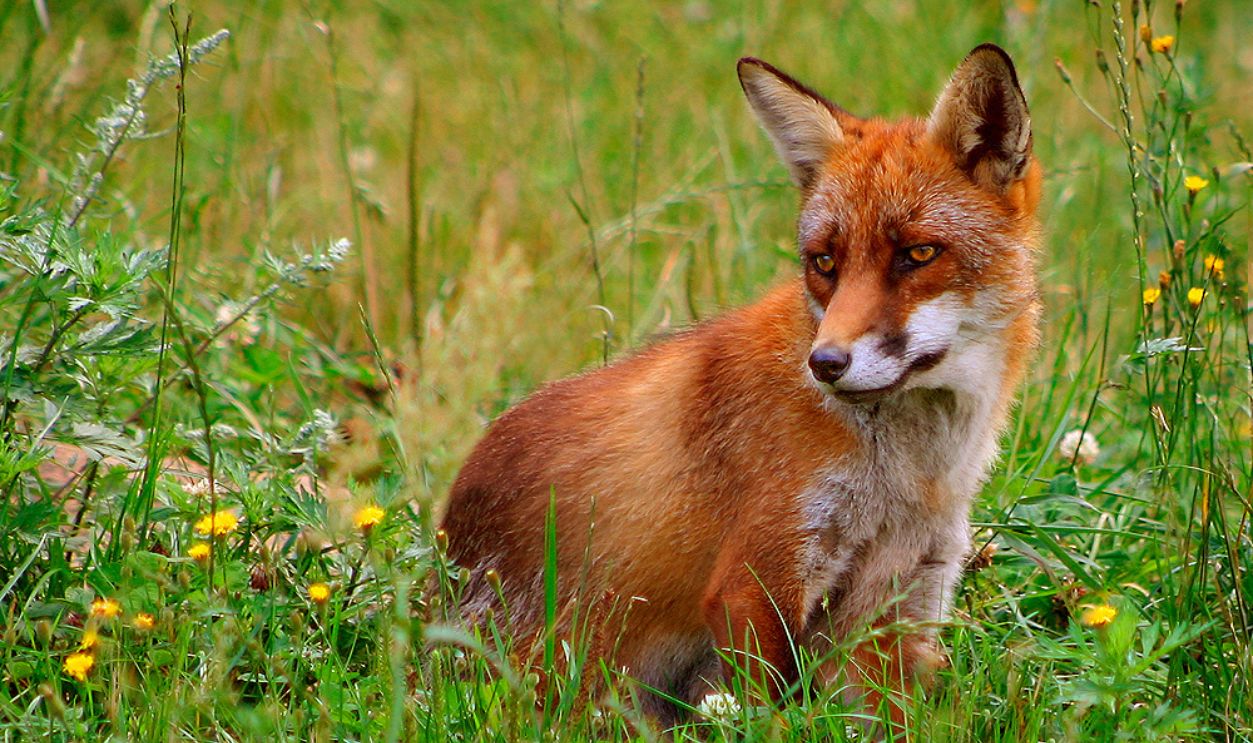 I, Malene, CC BY-SA 3.0, Wikimedia Commons
I, Malene, CC BY-SA 3.0, Wikimedia Commons
Comparison To Traditional Methods
While traditional techniques often involve direct observation and active tracking, spiderwebs deliver a passive and unobtrusive means of monitoring wildlife. This is particularly true for species that are elusive or tough to detect.
Remote Applications
Scientists are intrigued about the potential value of using spiderwebs for environmental DNA collection in remote or difficult-to-access areas where traditional wildlife monitoring methods might be impractical, dangerous, or impossible to implement.
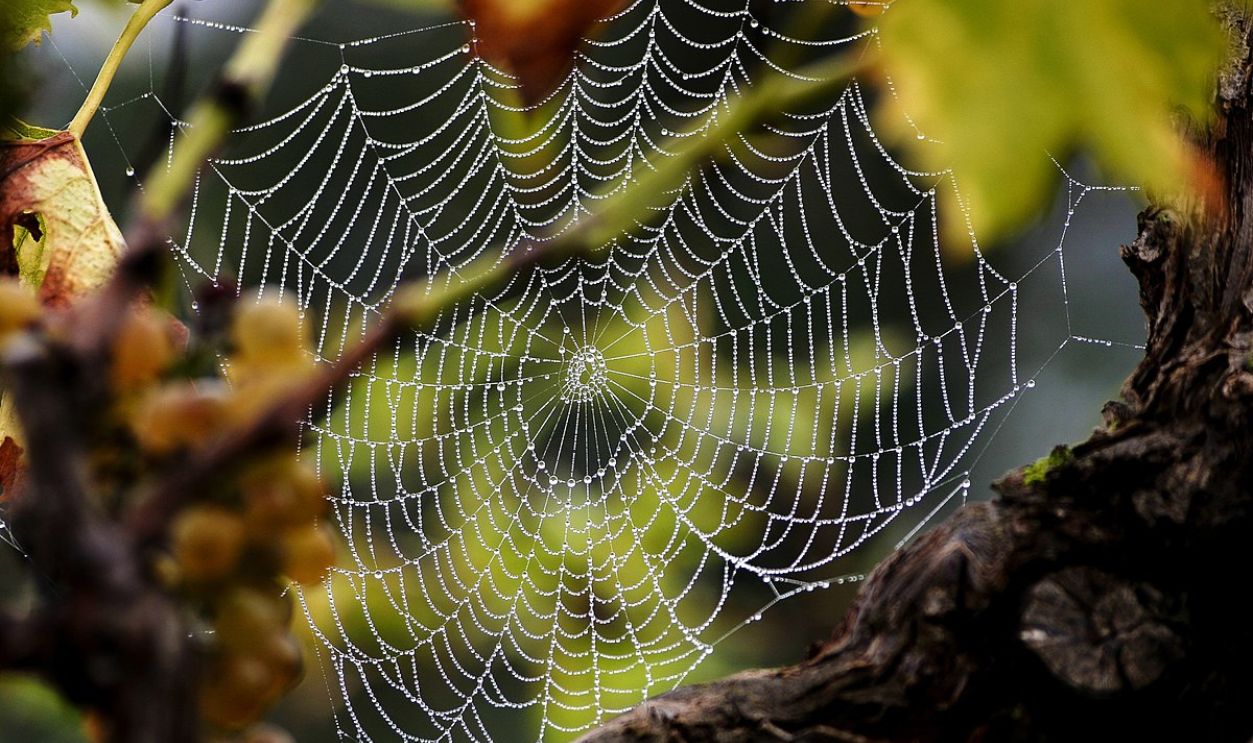 Johann Ravera, CC BY 3.0, Wikimedia Commons
Johann Ravera, CC BY 3.0, Wikimedia Commons
Natural Filtration System
The research team also emphasizes that spiderwebs serve as sophisticated natural filtration systems. This is because they effectively snatch airborne DNA particles that can provide insights into the presence of various vertebrate species in the environment.
Species Coverage
Based on the study, it was proved that spiderwebs could capture eDNA from terrestrial animals, including mammals, birds, reptiles, and amphibians. Importantly, the research also confirmed that spiderwebs can trace eDNA from arboreal (tree-dwelling) species.
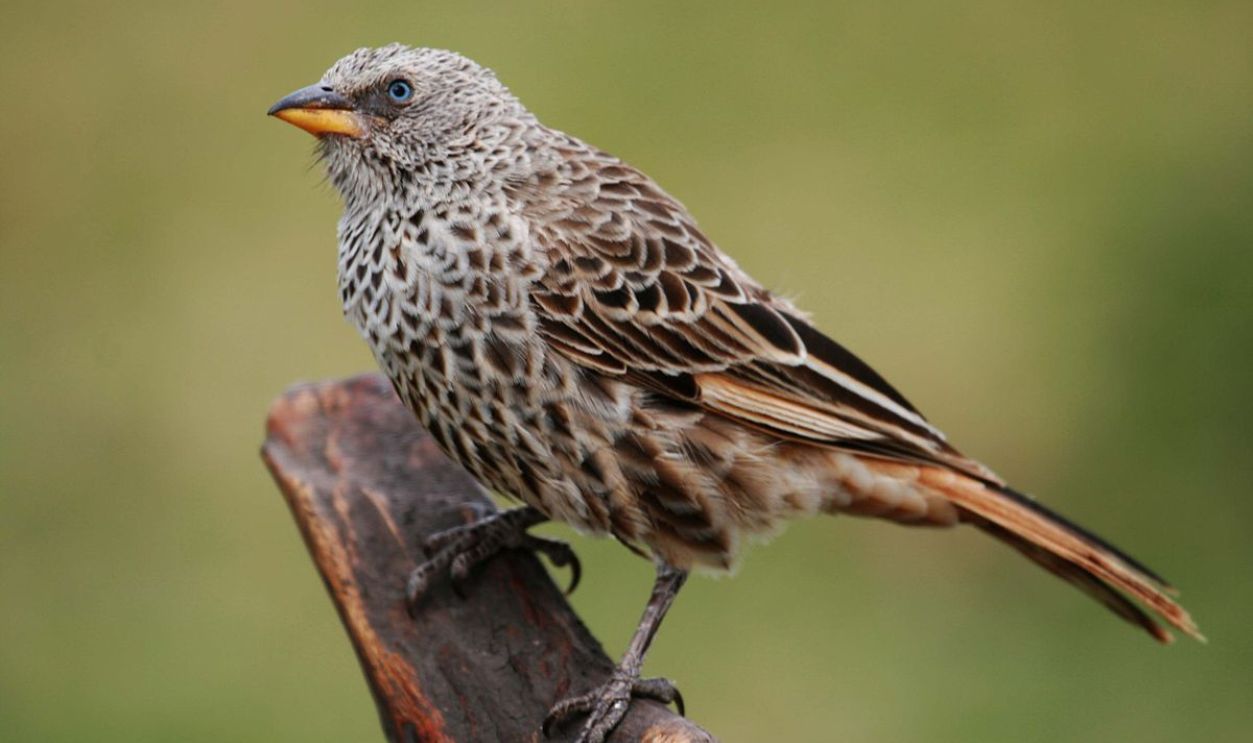 Profberger, CC BY-SA 3.0, Wikimedia Commons
Profberger, CC BY-SA 3.0, Wikimedia Commons
Ecosystem Understanding
The simultaneous detection of different species allows researchers to analyze food web relationships and interactions within ecosystems. Understanding how species interact, such as predator-prey dynamics, helps us understand the stability and resilience of ecosystems.
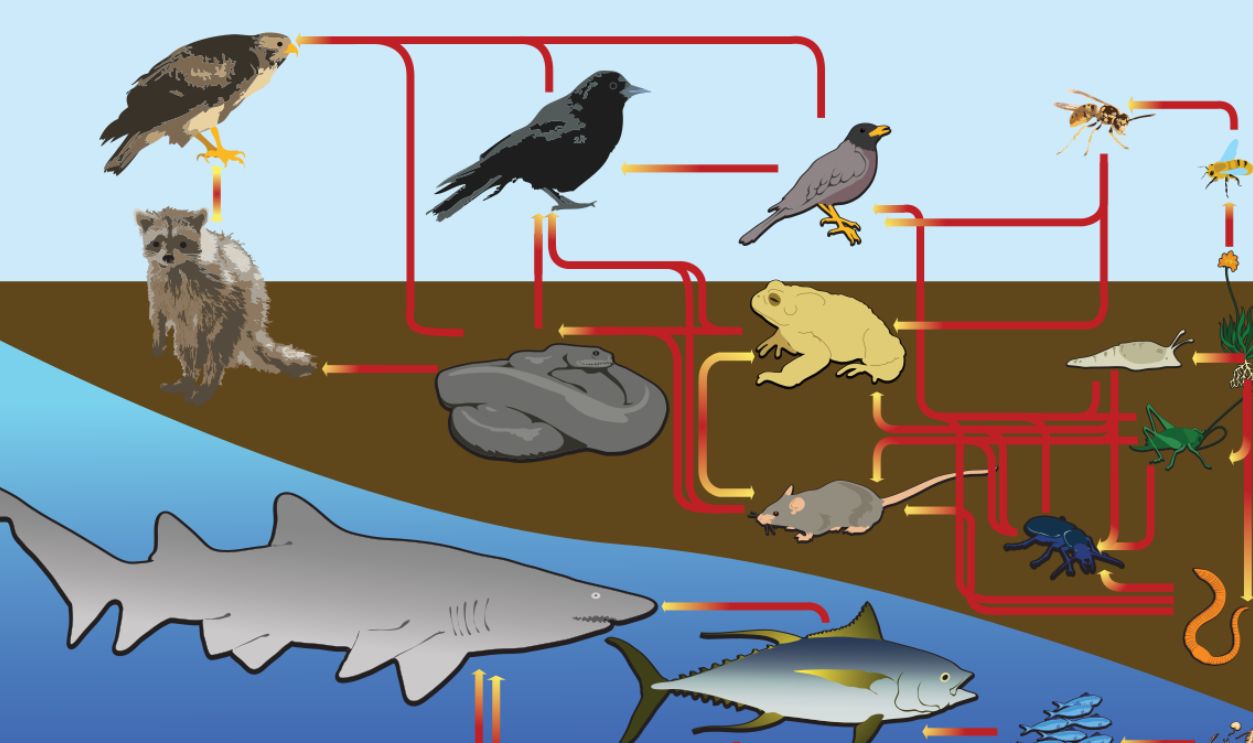 LadyofHats, CC0, Wikimedia Commons
LadyofHats, CC0, Wikimedia Commons
Geographical Distinction
Additionally, the analysis of spider webs from two locations less than 50 km apart revealed distinctly different DNA profiles. That is, the woodland area showed 32 native species, while Perth Zoo samples identified 61 species, as we know, especially exotic zoo animals.
Conservation Impact
Conservation scientists suggest that this innovative method could become an essential component of global conservation efforts, providing real-time data about species presence and movement patterns in threatened habitats.
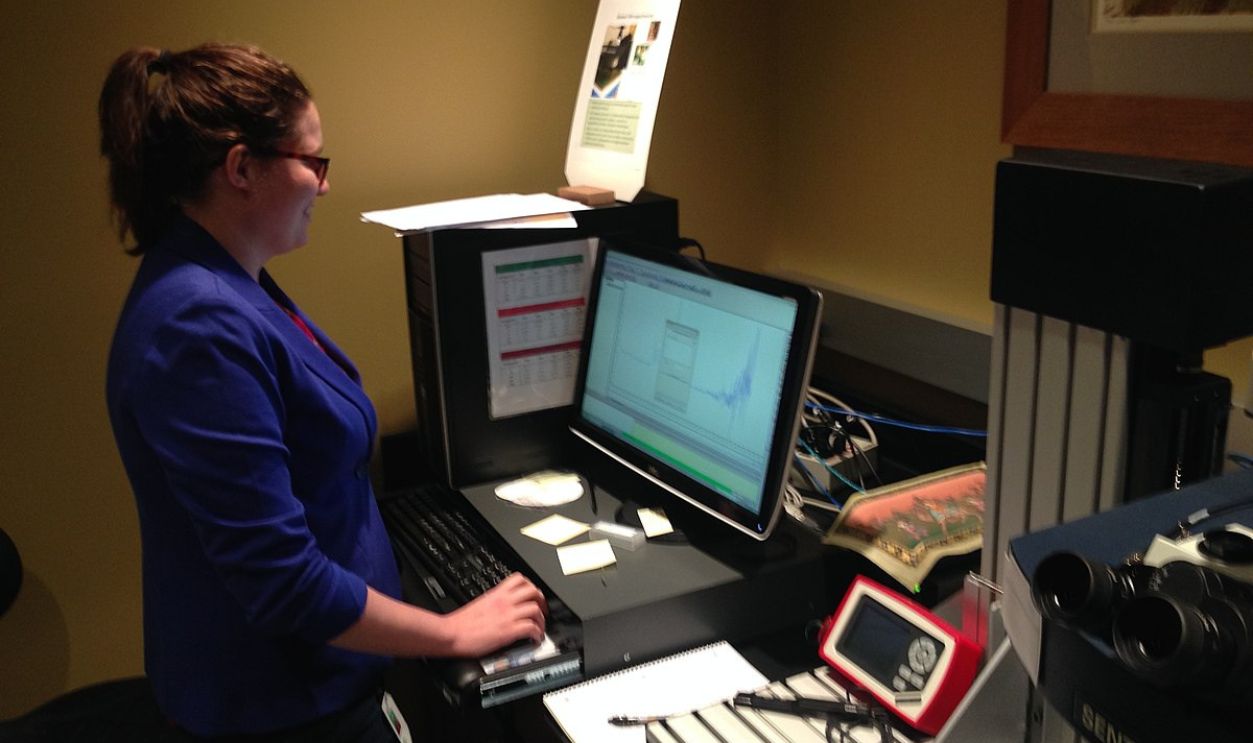 RichardMcCoy, CC BY-SA 3.0, Wikimedia Commons
RichardMcCoy, CC BY-SA 3.0, Wikimedia Commons
Previous Research
Earlier studies have also explored the potential of spider webs as eDNA samplers. For instance, research published in Molecular Ecology Resources showed that spider webs could catch DNA from many organisms, including fungi and bacteria.
Future Research Directions
Researchers indicate potential expansions of this technique, like the development of standardized collection protocols, investigation of DNA degradation rates, and integration with other wildlife monitoring technologies for ecological assessment.

